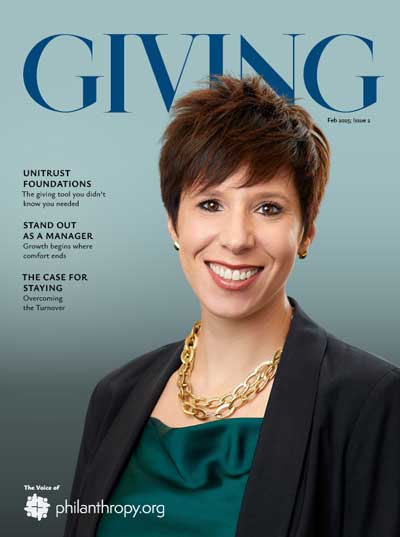You don’t need more data in your fundraising.
Instead, go get:
- Quotes
- Interviews
- Illustrations
- Open Letters
- Testimonials
- Photo Essays
- Staff reflections
- Historical context
- Before and afters
- Partner Shoutouts
- Community voices
- Visual case studies
- First person narrative
- Volunteer experiences
- User-generated content
- Stakeholder perspectives
- Behind the scenes journals
Why?
In an aid-effectiveness study — published in the European Journal of Development Research — thousands of German donors said nonprofit testimonials — stories — resonate more than data.
And 56% of social media users who donate online said compelling storytelling makes them give most, according to Nonprofit Tech for Good. Stories were the number one motivation, while data wasn’t on the list.
Don’t get me wrong.
Investing in measurement is simply the right thing to do for impact accountability. So narrative + numbers is the ultimate fundraising combo.
But “people forget facts; they never forget a good story,” says fundraising expert Claire Axelrad, J.D., CFRE.
Numbers tell. Stories sell.
And good storytelling is the probably the most powerful tool your nonprofit can utilize.
The Daily Bonus
Donors initially give based on emotional signals — like your brand, storytelling, and communication skills — but then justify that gift with logic.
(Even if they don’t admit it.)
In fact, Harvard Business Review says 95% of our purchase decisions occur unconsciously. And their research found that our conscious mind will later make up reasons to validate our unconscious choices.
“Advances in neuroscience have helped us to understand that the brain processes meaning before detail,” says fundraising firm For Impact.








Stories are the best way to forge a connection with your nonprofit’s supporters.